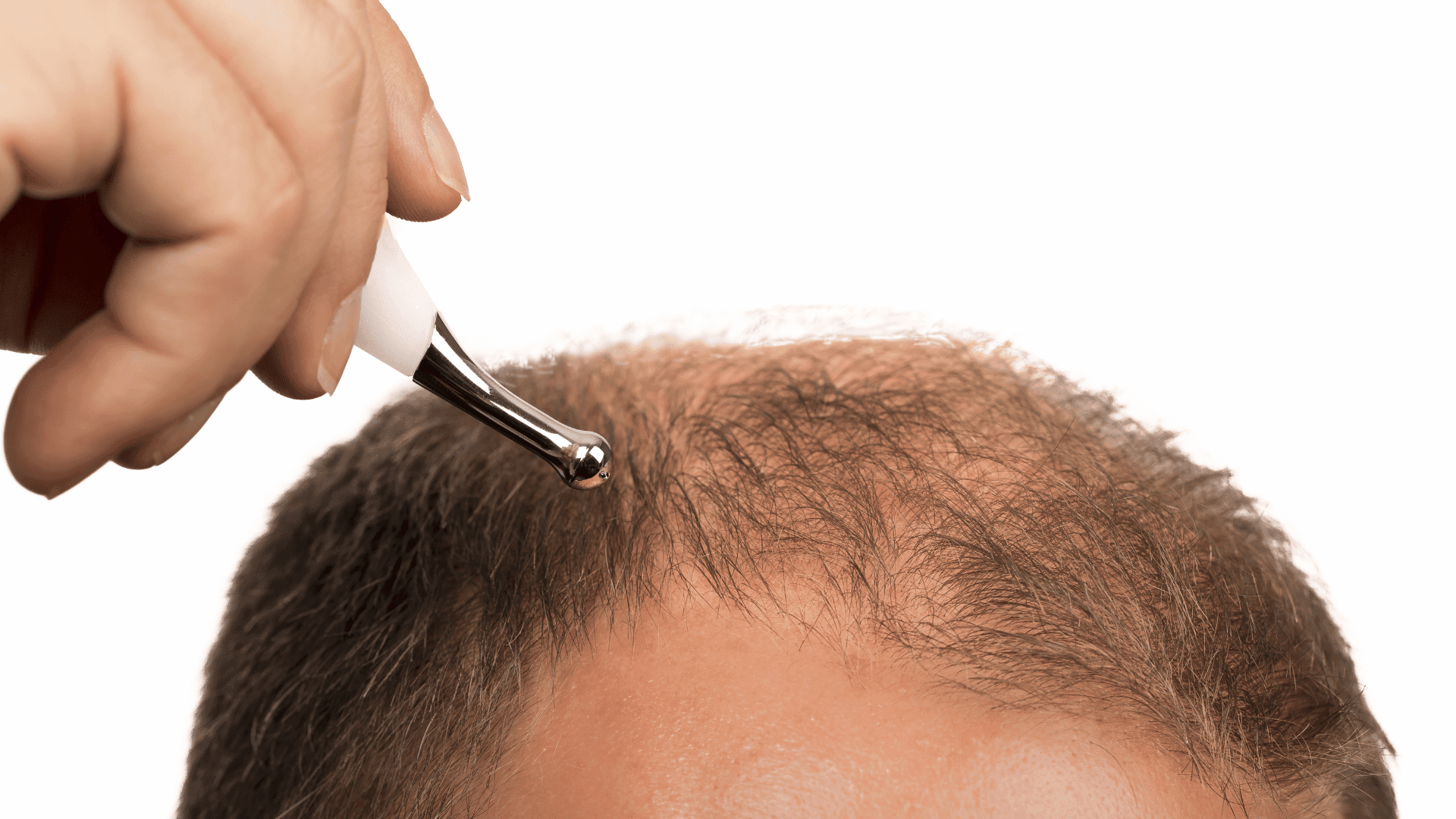Hair loss is a common side effect of chemotherapy. In addition to physically losing hair, it causes personal, social, and professional anxiety for patients. Michigan State University researchers say current solutions are often limited and have their own extensive side effects.
However, the same researchers developed a novel hydrogel that has shown promise in animal models for protecting hair follicles during chemo treatment.
A Novel Gel to Prevent Hair Loss

The hydrogel is similar to a shampoo. Bryan Smith, an associate professor of engineering at MSU, led the rigorous, inverted engineering process that developed the gel. Smith and his team focused on characterizing critical clinical needs before developing a solution. Smith says his inspiration came from recognizing a need often overlooked by traditional medical research.
“This unmet need of chemotherapy-induced alopecia appealed to me because it is adjacent to the typical needs in medicine, such as better treatments and earlier, more accurate diagnostics for cancer,” Smith said. “This is a need on the personal side of cancer care that, as an engineer, I didn’t fully recognize until I began interviewing cancer physicians and former cancer patients about it.”
He added, “Once I understood, it became clear to me that better solutions are very important to many cancer patients’ quality of life.”
The developed product is described in the journal Biomaterials Advances as a hydrogel designed for long-lasting drug delivery to the scalp. Researchers say the “shampoo” gel should be applied before chemotherapy and remain as long as the chemotherapy drug is in a patient’s system.
Addressing the Chemo Side Effect
Circulating chemotherapy drugs damage or kill the blood vessels surrounding hair follicles. As a result, a patient’s hair begins to fall out.
The gel contains lidocaine and adrenalone. Researchers say it works by restricting blood flow to the scalp. This restriction reduces the amount of chemotherapy reaching the hair follicle, protecting the hair and preventing shedding. For practicality, the gel is designed to respond to temperature. For example, it clings to the scalp at body temperature but thins out when exposed to cooler temperatures, making it easy to wash away when ready.
Smith and his team are seeking federal and venture funding. Ultimately, their goal is to move forward into human clinical trials. Smith notes that the foundation of the technology is built upon familiar materials, which minimizes safety concerns.
“The research has the potential to help many people,” Smith said. “All the individual components are well-established, safe materials, but we can’t move forward with follow-up studies and clinical trials on humans without the support of substantial funding.”







